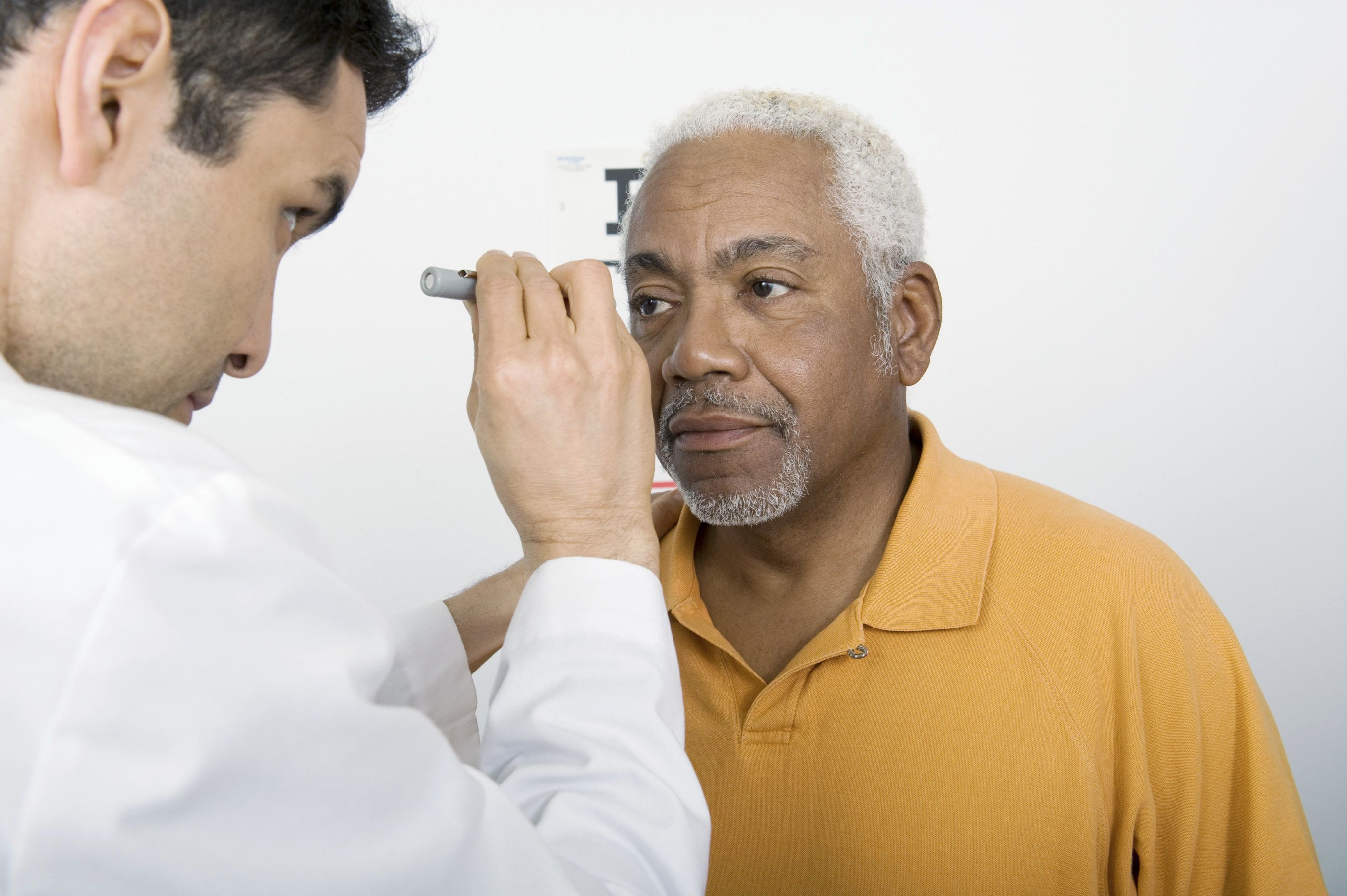Macula Risk™: Genetic Testing for Age-related Macular Degeneration (AMD)
 The team at Choate Eye Associates has helped countless patients with vision care and eye health needs. In some cases, these vision concerns call for invasive or serious treatment in order to save a patient's vision.
The team at Choate Eye Associates has helped countless patients with vision care and eye health needs. In some cases, these vision concerns call for invasive or serious treatment in order to save a patient's vision.
In the case of dry and wet age-related macular degeneration (AMD/ARMD), we have a new options for early treatment and preventative care. It's known as Macula Risk™ genetic testing, and we'd like to go over how it works.
About Age-related Macular Degeneration (AMD)
Age-related macular degeneration, abbreviated as both AMD and ARMD, is a type of eye health issue that can result in blurry vision or vision loss in the central portion of a person's visual feel. This is the result of problems affecting the macula, which is the central portion of the retina.
There are two kinds of macular degeneration: dry (more common, occurring in 90 percent of cases) and wet.
Signs and Symptoms of Age-related Macular Degeneration (AMD)
The most common signs and symptoms of dry macular degeneration include the following:
- Distortions in vision (e.g., straight lines appear crooked/curved)
- Changes in central vision of the eyes
- Blurriness of words on pages or screens
- Reduced color intensity
- Bright light more necessary when reading and doing close-up work
- Problems with low-light situations
- Problems recognizing people's faces
The most common signs and symptoms of wet macular degeneration include the following:
- Distortions in vision (e.g., straight lines appear crooked/curved)
- Changes in central vision of the eyes
- Reduced color intensity
- Blurry or blind spot in field of vision
- Haziness of overall vision
What Is Macula Risk™ Genetic Testing?
Macula Risk™ genetic testing is a means of assessing genetic factors that play into AMD risk in combination with a patient's current health issues and other non-genetic risk factors for AMD. Considering all three of these matters in combination, the genetic test can assess the AMD risk of a patient for the next 2, 5, or 10 years.
Is Genetic Testing a Good Way of Assessing AMD Risk?
Yes, it's a helpful means of assessing risk and preventing vision loss. Studies have found that 70 percent of a person's risk for AMD is attributable to genetic factors.
How Does Macula Risk™ Work?
Macula Risk™ genetic testing considered a number of potential risks together in addition to a simple analysis of genetic material that can be taken with a cotton swab. A patient's age, smoking history, body mass index (BMI), and even education can be taken into account when presenting data.
The test results will provide a percentage of risk for the next 2 years, 5 years, and 10 years. A recommendation for preventative care and lifestyle changes is often included as part of a lab recommendation given the patient's profile.
How Accurate Is Macula Risk™?
According to studies, Macula Risk™ genetic testing has a 10-year predictive accuracy of 89.5 percent. This is an astounding rate of accuracy, which is why it's such an important consideration for preventative eye care needs.
Initiating Proper Eye Care Measure to Protect Vision
Our goal in using Macula Risk™ genetic testing is to help catch early warning signs before they lead to significant loss of vision. It's just one tool we have to help people see their world a little more clearly.
Learn More About Macular Degeneration
For more information about macular degeneration and whether or not genetic testing may be an ideal option to protect your vision for the future, be sure to contact our team of eye care doctors and vision experts. The team at Choate Eye Associates is here to help you see the world clearly.



